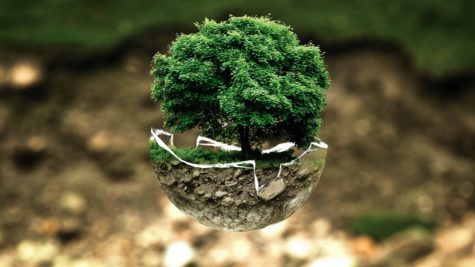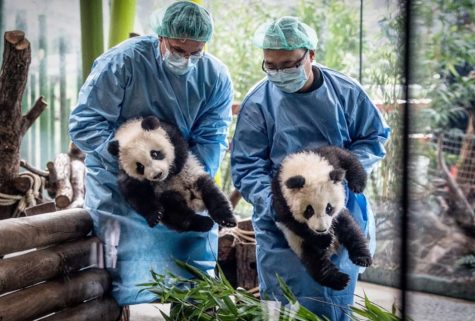The good news amid the worsening environment
January 25, 2022
From record heatwaves inducing fierce wildfires in Russia’s Siberia, to a delayed drought hitting South America and the most catastrophic floods to hit South Sudan in 60 years, there has been plenty of bad news with regards when it comes to the global environment. Amid an extended time of deteriorating environmental stress – including ineffectual global environment dealings in Glasgow, locust plagues ravaging crops in East Africa, and an entire town being destroyed by fire in Western Canada – a few rays of hope has emerged.
When it comes to the state of planet Earth, scientists and conservationists have highlighted five of the most important good-news stories from 2021:
1. The Ozone Layer is Healing
One of the key environmental issues of the 1980s: trying to prevent the hole in the ozone layer from getting larger. The ozone layer shields the planet from harmful UV rays. Activists assembled road fights and legislators held summits. Furthermore, change is happening, as indicated by a new report by the US National Center for Atmospheric Research (NCAR). Because of the 1987 Montreal Protocol, a worldwide arrangement to manage almost 100 man-caused synthetics that exhaust the ozone layer, 443 million Americans will probably be spared from skin cancer through the end of this century.
The opening in the ozone layer stays huge – about the size of North America – yet it is recuperating at a pace of one to three percent every decade, according to the UN. The opening over pieces of the northern hemisphere is expected to recuperate totally by the 2030s, with full repair over the southern hemisphere and polar areas expected by the 2060s, as per UN data.
Global action on the issue through the Montreal Protocol has forestalled more than almost 100% of potential health effects that would have in any case occurred from ozone destruction, NCAR announced.
2. ‘Coral IVF’ aids Australia’s Great Barrier Reef
The world’s largest living design is in danger from rising sea temperatures connected to climate change, which has caused coral bleaching.
This year, however, has seen some recovery on the Great Barrier Reef. Researchers have been using man-made pools in an interaction practically identical to in vitro fertilization (IVF), moving eggs from the region of the reef where coral has been developing. These are then moved with an end goal to recover regions hit by bleaching or destruction from storms.
The course of assisted spawning, named “coral IVF,” supported the birth of billions of new baby coral this year. The reef is still confronting danger, yet researchers and conservationists trust these sorts of technologies can spike more extensive recuperation on the world’s reefs, home to around a fourth of marine life.
3. China’s giant pandas are no longer ‘endangered’
 Home to more than 1,800 giant pandas residing in the wild, China detailed in July that the notorious bears are not formally “endangered.” Because of preservation endeavors, they are now presently classified as “vulnerable.”
Home to more than 1,800 giant pandas residing in the wild, China detailed in July that the notorious bears are not formally “endangered.” Because of preservation endeavors, they are now presently classified as “vulnerable.”
The International Union for Conservation of Nature, a free following gathering, made a comparative appraisal several years prior.
Partial credit for the improvement in the giant panda populace can be followed by an extended organization of protected regions on the planet’s most crowded nation, covering around 18% of China’s landmass, as per Chinese specialists.

